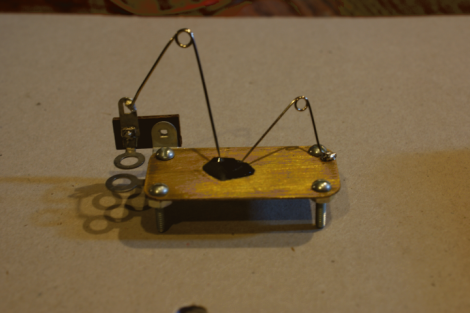
Well it looks like the Play Station 3 is finally and definitively cracked. FailOverflow’s Chaos Communications Congress talk on console security revealed that, thanks to a flaw on Sony’s part, they were able to acquire the private keys for the PS3. These keys can be used to sign your own code, making it every bit as valid (to the machine anyway) as a disk licensed by the media giant. We’ve embedded the three-part video of the talk, which we watched in its entirety with delight. We especially enjoy their reasoning that Sony brought this upon themselves by pulling OtherOS support.
We remember seeing a talk years back about how the original Xbox security was hacked. We looked and looked but couldn’t dig up the link. If you know what we’re talking about, leave the goods with your comment.
















